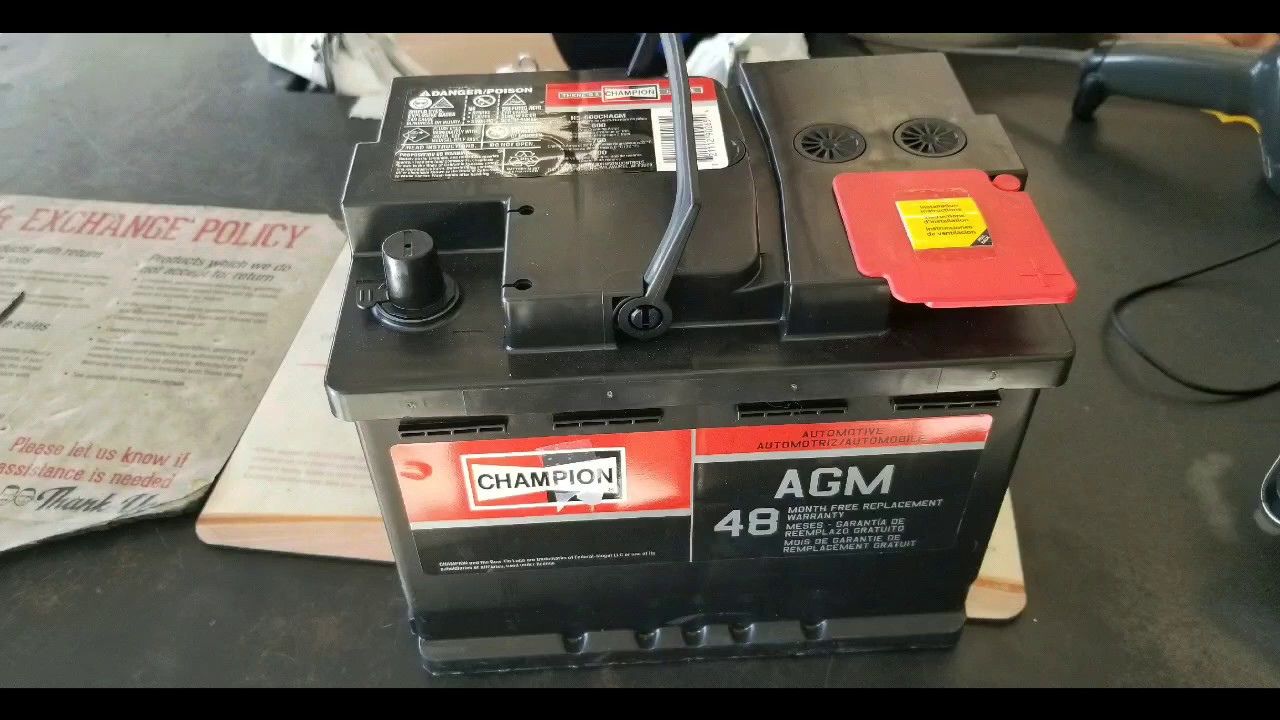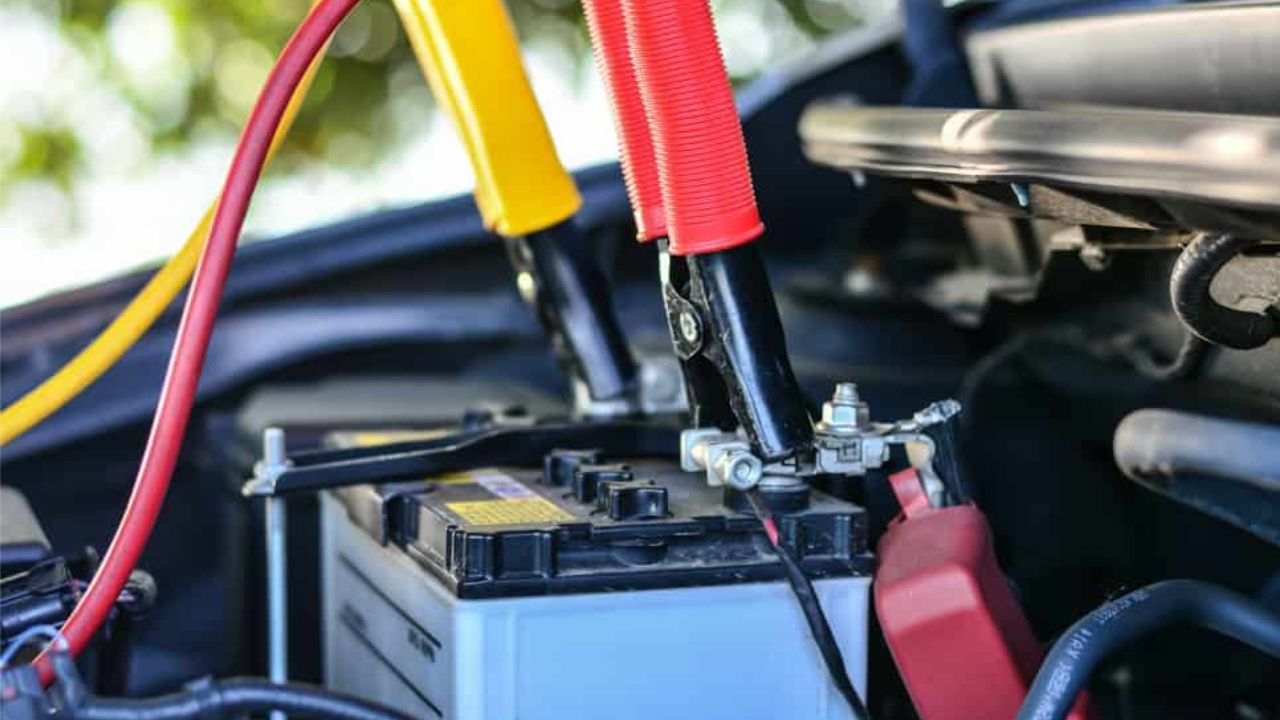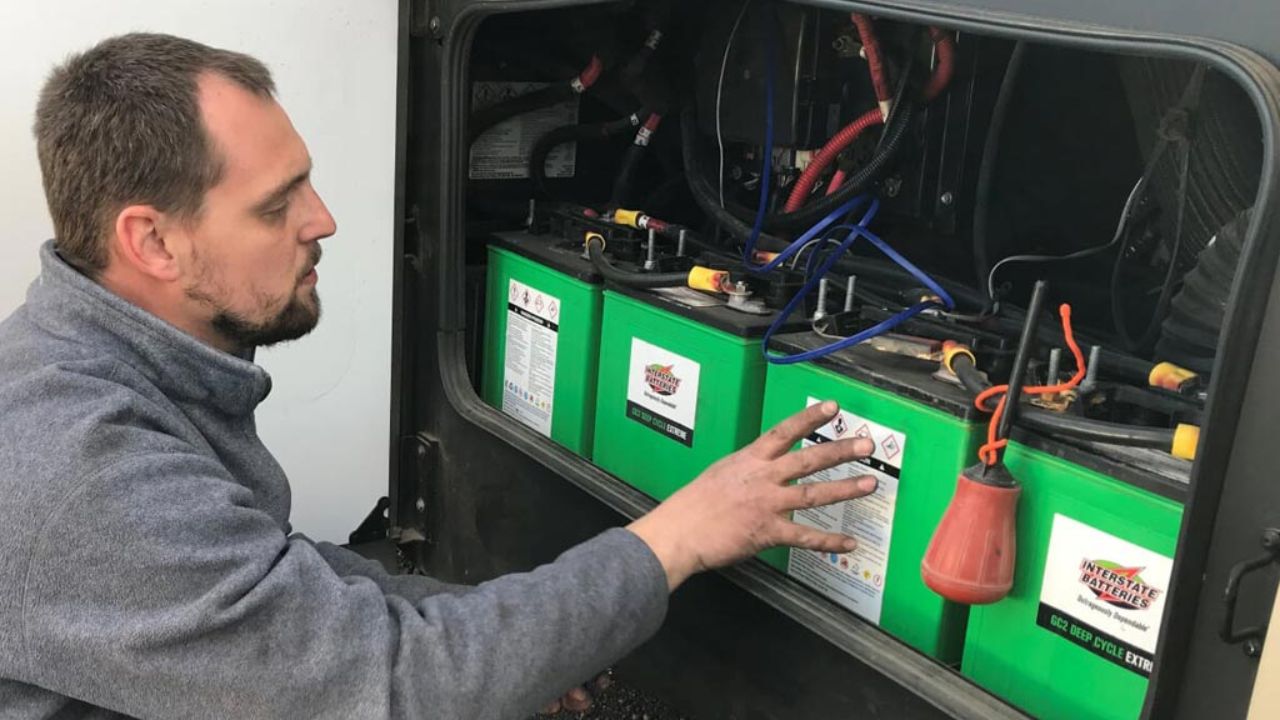ATV batteries are an essential component of any all-terrain vehicle, providing the necessary power to start the engine and operate various electrical accessories. However, like any other battery, ATV batteries have a finite lifespan. How long an ATV battery lasts and what factors influence its longevity are crucial for ATV owners to ensure optimal performance and avoid unexpected breakdowns.
What Kind of Battery Does an ATV Use?
ATVs operate using powersport batteries similar to those used in motorcycles, personal watercraft, snowmobiles, and other recreational vehicles. ATV owners have access to three main types of power sport batteries: flooded lead acid, absorbed glass mat (AGM), and lithium iron phosphate.
Here’s a simple overview of the available ATV battery options:
AGM Battery

AGM (absorbed glass mat) batteries stand as the prevalent choice in modern ATVs. Traditional flooded lead-acid batteries are not as long-lasting as AGM batteries. They may last up to 3 to 5 years, and with proper care, they can last up to 6 or 8 years. Unlike flooded batteries, AGM batteries don’t tend to die suddenly; instead, they gradually lose capacity over time, necessitating more frequent recharging until eventual replacement. Moreover, AGM batteries boast a low discharge rate, with a loss of only 1-3% of their charge within a month.
- Slightly pricier than flooded batteries
- Boasts a lifespan 2-3 times longer than flooded batteries
- It is fully sealed and requires no maintenance
- Exhibits slower discharge rates than flooded batteries when in storage
- Charges more rapidly than flooded batteries
- Shows resilience to vibrations and extreme temperatures
- Xtreme offers a 12-month warranty; Duracell provides a 24-month warranty
Lithium-Ion Batteries

Lithium-ion batteries are less prevalent in ATVs compared to AGM and lead-acid batteries, primarily due to their higher cost and less-than-optimal performance in cold temperatures. In optimal conditions, a lead-acid battery can endure 500-1,000 charge cycles, whereas a Lithium-Ion battery can last from 2,000 to 5,000 charge cycles. Additionally, Lithium-Ion batteries experience a discharge rate of only 1% per month, contributing to their extended lifespan.
- Endures 3-4 times longer than a flooded battery, with lifespans of up to 2000 cycles
- It is fully sealed and requires no maintenance
- Exhibits the lowest self-discharge rate among the three battery types
- Charges the fastest among the three battery types
- Shows resilience to vibrations and extreme heat
- Lightweight and maintains consistent discharge power
- Backed by a 36-month warranty
Flooded Battery

Standard flooded lead-acid ATV batteries generally last 2 to 3 years, and with diligent maintenance and optimal usage, they may last up to 4 to 5 years. However, they need more longevity compared to sealed batteries due to their inferior ability to cope with environmental conditions and challenges. Additionally, flooded lead-acid batteries exhibit a relatively high discharge rate, losing approximately 13% of their charge within a month.
- It is the least expensive of the 3 battery types.
- Shortest lifespan of the 3 battery types
- You must top off the electrolyte with distilled or deionized water because it is not entirely sealed.
- Elevated self-discharge rate during storage
- Warranty 6-month
How to Make ATV Battery Last Longer
As depicted in the breakdown provided above, various types of ATV batteries exhibit differing lifespans. Typically, a flooded lead acid ATV battery spans between 2 to 3 years on average. Meanwhile, an AGM battery tends to last between 3 to 5 years. Lithium iron phosphate batteries surpass the longevity of the other two types, boasting potential lifespans of 8 to 10 years. It’s important to note that these are average durations, and several additional factors influence an ATV battery’s lifespan. These factors include storage conditions, maintenance practices, and the climate in which the battery operates.
- Usage Patterns: Frequent use, especially for short trips or heavy loads, can accelerate battery wear. Regular usage typically prolongs battery life compared to extended periods of inactivity.
- Charging Practices: Proper charging is crucial for maintaining battery longevity. Overcharging or undercharging can shorten the battery’s lifespan. Using a compatible charger and adhering to manufacturer recommendations is essential.
- Maintenance: Routine maintenance, such as cleaning the connections and firmly securing the battery, can increase battery life. Maintaining appropriate fluid levels and monitoring electrolyte levels are also crucial for lead-acid batteries.
- Environmental Conditions: Both hot and cold extremes can affect the lifespan and performance of batteries. Storing the ATV in a climate-controlled environment can help mitigate these effects.
- Quality of the Battery: The quality of the battery itself significantly influences its lifespan. Higher-quality batteries constructed with superior materials tend to last longer.
Cost of Replacing ATV Batteries
The cost of replacing an ATV battery varies depending on several factors, including the type of battery, brand, and retailer. On average, ATV batteries can range from $50 to $150, with premium models costing upwards of $200 or more. Additional expenses may include labor fees if a professional mechanic does the replacement.
Factors That Impact The Battery Life Expectancy
In an ATV, a battery’s lifespan can range from 5 to 12 years, although this duration may vary. The disparity primarily depends on two factors: maintenance and external elements affecting battery longevity. Refrain from understanding these factors to avoid battery damage without awareness. Therefore, it’s essential to familiarize yourself with the aspects that influence the battery’s lifespan.
1. Temperature
The ideal temperature for any battery is room temperature, typically between 20 and 22°C (68 and 72°F). Any deviation from this range, whether higher or lower, can impact the battery’s performance. Regardless of the specific temperature conditions, deviations can ultimately reduce the battery’s lifespan.
2. High and low Temperature
When the temperature rises above 30°C, it poses a significant risk to ATV batteries. Heat accelerates the electrochemical reaction within lead-acid batteries, causing them to discharge rapidly, thereby reducing their lifespan. Moreover, heat contributes to the dehydration of the battery and accelerates the internal corrosion of the cells, further diminishing their overall longevity.
Conversely, temperatures below 0°C signify low temperatures. At this point, as long as the battery remains fully charged and unused, it is unlikely to sustain damage. However, utilizing ATV batteries in cold weather can induce excessive stress, resulting in decreased battery life. Additionally, the cold slows down the electrochemical reaction in lead-acid batteries, causing harm to the ATV battery.
3. Battery Level
The battery level reflects the remaining power before depletion occurs. It’s crucial to maintain the ATV battery at a minimum charge level at all times and avoid complete depletion. Leaving the ATV running unnecessarily, without considering the route and remaining charge, can lead to total depletion. Once fully discharged, the battery can sustain damage immediately.
4. Charging System
This is not primarily considered a factor contributing to the battery’s long lifespan, as all ATVs come equipped with a built-in charging system. However, it serves as a backup option in case the charging system encounters any issues. If the charging system fails to provide the battery with sufficient and proper charging, the battery may not last as anticipated.
5. Overcharging
Similar to complete battery depletion, overcharging can also harm your ATV battery. It leads to the evaporation of acid and a reduction in the electrolyte level. When the electrolyte level drops too low, the lead plates become exposed to air, resulting in corrosion. Ultimately, this corrosion causes the battery to deteriorate.
How Can I Tell if the Battery in My ATV Is Dead?
You can typically determine if your battery is failing based on its performance. If you observe that your battery doesn’t hold its charge as long as before, it’s likely deteriorating. A declining battery may also struggle to start your engine and may have difficulty powering your headlights, causing them to appear dimmer. Additionally, inspecting the exterior of the battery can provide clues. Bulges, cracks, and corrosion are all signs of a battery that has surpassed its prime.
How Do I Charge My ATV Battery?
ATVs come equipped with built-in charging systems, but their output may need to be increased. Therefore, you may need to rely on an additional battery charger. Make sure the kind of charger you buy for your ATV battery is appropriate for the voltage and chemistry of your battery. Another important consideration is to avoid both undercharging and overcharging your battery, as both can decrease its overall lifespan. Charging times will vary between batteries and depend on the type of charger you use.
How To Store My Batteries When Not In Use?
ATVs are used only a few times a week. They see the most use during the spring and summer months. For this reason, it’s best to disconnect the battery and keep the ATV somewhere safe if it won’t be used for a long time. Additionally, ensure that the battery’s storage temperature remains at an optimal level.
Conclusion
The lifespan of an ATV battery depends on various factors, including battery type, maintenance practices, and environmental conditions. By understanding how long ATV batteries last and implementing proper care and maintenance routines, ATV owners can ensure reliable performance and prolong the lifespan of their batteries.
FAQ
How often should I Replace the ATV Battery?
If your battery is older than four years, it’s likely nearing the end of its lifespan and may require replacement soon. The average life expectancy of an ATV battery is around four years, so it’s reasonable to anticipate that it may not last much longer than this.
How Can I Dispose of an old ATV Battery Responsibly?
To dispose of an old ATV battery responsibly, take it to a recycling center or an authorized battery disposal facility. Many retailers also offer battery recycling programs to ensure proper disposal and environmental protection.
What is the Average Lifespan of an ATV?
The average lifespan of a quad ranges from 10,000 to 12,000 miles, depending on the brand and maintenance. With proper care, a well-maintained quad could endure for over 20 years. While many vehicles encounter issues after reaching 10,000 miles, diligent attention and maintenance can significantly extend the lifespan of an ATV.
Can I Store my ATV Battery on a Trickle Charger Indefinitely?
While trickle chargers are designed to maintain the charge of a battery, it’s not recommended to leave the battery connected to a charger indefinitely, as overcharging can lead to electrolyte loss and battery damage.
Can I Jump-start my ATV with a car Battery?
While it’s possible to jump-start an ATV using a car battery, it’s not recommended due to the risk of damaging the ATV’s electrical system. It’s best to use a portable jump starter specifically designed for ATVs.

